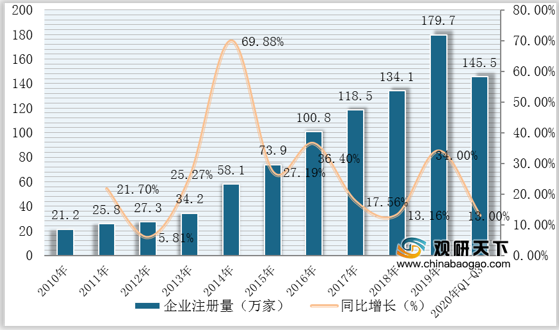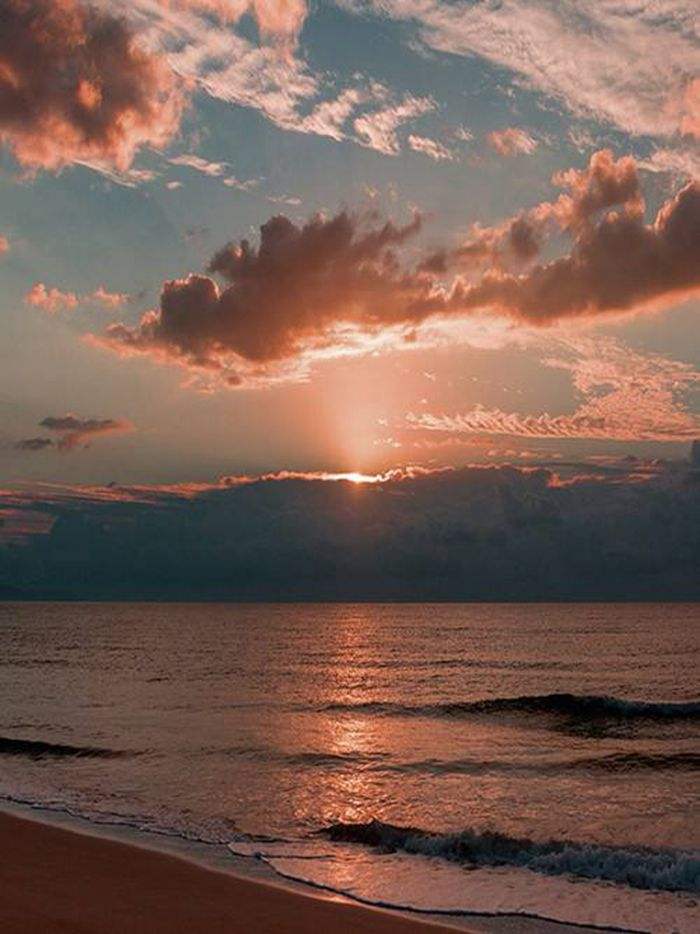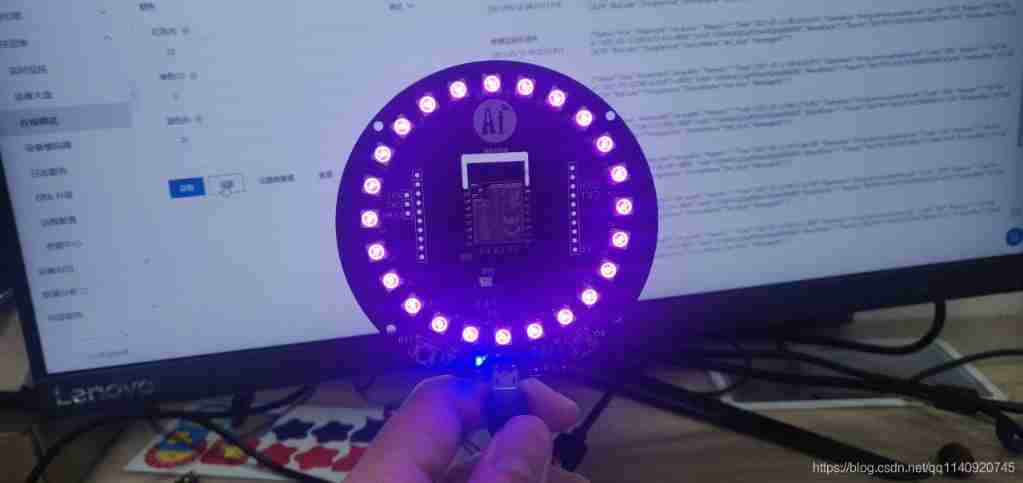In fact, this example is very simple , But someone asked me today , And I also wrote a small example , Just send it by the way !
Display a picture in the browser , Use a label
<img src="">
img Element embeds an image into a web page .
Please note that , Technically speaking ,<img> Tags don't insert images into web pages , It's about linking images from a web page .<img> The label creates the space occupied by the referenced image .
<img> Tags have two required properties :src attribute and alt attribute .
HTML And XHTML Differences between
stay HTML in ,<img> The tag has no end tag .
stay XHTML in ,<img> The tag must be closed correctly .
stay HTML 4.01 in , It is not recommended to use image Elemental "align"、"border"、"hspace" as well as "vspace" attribute .
stay XHTML 1.0 Strict DTD in , I won't support it image Elemental "align"、"border"、"hspace" as well as "vspace" attribute .
SRC There are many paths to :
Point to other sites ( such as src="http://www.******.com/***.jpg")
Point to files in the site ( such as src="/i/image.gif")
What many novices overlook is , Actually IMG Just tell the browser to have realistic pictures here , The browser gets the data stream of the picture through the path and then displays it
Simply speaking ,SRC In fact, the browser made a request , Then the request returns the data stream of the image to the browser
therefore ,SRC It can also be a request , It can be Servlet It can also be Action, Here we use Servlet Let's take a simple example
JSP page :
<%@ page language="java" import="java.util.*" pageEncoding="UTF-8"%><%String path = request.getContextPath();String basePath = request.getScheme()+"://"+request.getServerName()+":"+request.getServerPort()+path+"/";%><!DOCTYPE HTML PUBLIC "-//W3C//DTD HTML 4.01 Transitional//EN"><html> <head> <base href="<%=basePath%>"> <title> Picture shows </title> </head> <body> <img src="<%=basePath %>servlet/ImageShowServlet"> </body></html>
Web.xml To configure :
<?xml version="1.0" encoding="UTF-8"?><web-app version="2.5" xmlns="http://java.sun.com/xml/ns/javaee" xmlns:xsi="http://www.w3.org/2001/XMLSchema-instance" xsi:schemaLocation="http://java.sun.com/xml/ns/javaee http://java.sun.com/xml/ns/javaee/web-app_2_5.xsd"> <servlet> <servlet-name>ImageShowServlet</servlet-name> <servlet-class>servlet.ImageShowServlet</servlet-class> </servlet> <servlet-mapping> <servlet-name>ImageShowServlet</servlet-name> <url-pattern>/servlet/ImageShowServlet</url-pattern> </servlet-mapping> <welcome-file-list> <welcome-file>index.jsp</welcome-file> </welcome-file-list></web-app>
Servlet It's simple :
package servlet;import java.io.ByteArrayOutputStream;import java.io.File;import java.io.FileInputStream;import java.io.IOException;import java.io.InputStream;import java.io.OutputStream;import javax.servlet.ServletException;import javax.servlet.http.HttpServlet;import javax.servlet.http.HttpServletRequest;import javax.servlet.http.HttpServletResponse;/** * @ explain The Servlet Input the picture of the local hard disk into the pipeline * @author cuisuqiang * @version 1.0 * @since */@SuppressWarnings("serial")public class ImageShowServlet extends HttpServlet { @Override protected void service(HttpServletRequest request, HttpServletResponse response) throws ServletException, IOException { OutputStream os = response.getOutputStream(); File file = new File("C:\\abc.jpg"); FileInputStream fips = new FileInputStream(file); byte[] btImg = readStream(fips); os.write(btImg); os.flush(); } /** * Read the stream data in the pipeline */ public byte[] readStream(InputStream inStream) { ByteArrayOutputStream bops = new ByteArrayOutputStream(); int data = -1; try { while((data = inStream.read()) != -1){ bops.write(data); } return bops.toByteArray(); }catch(Exception e){ return null; } }}
Is to get the byte stream of the file on the local hard disk , Then write it into the pipeline !
I recommend you to read more about “ action servlet img flow Cui suqiang ” The article

![Given an array, such as [7864, 284, 347, 7732, 8498], now you need to splice the numbers in the array to return the](/img/21/2e99dd6173ab4925ec22290cd4a357.png)







